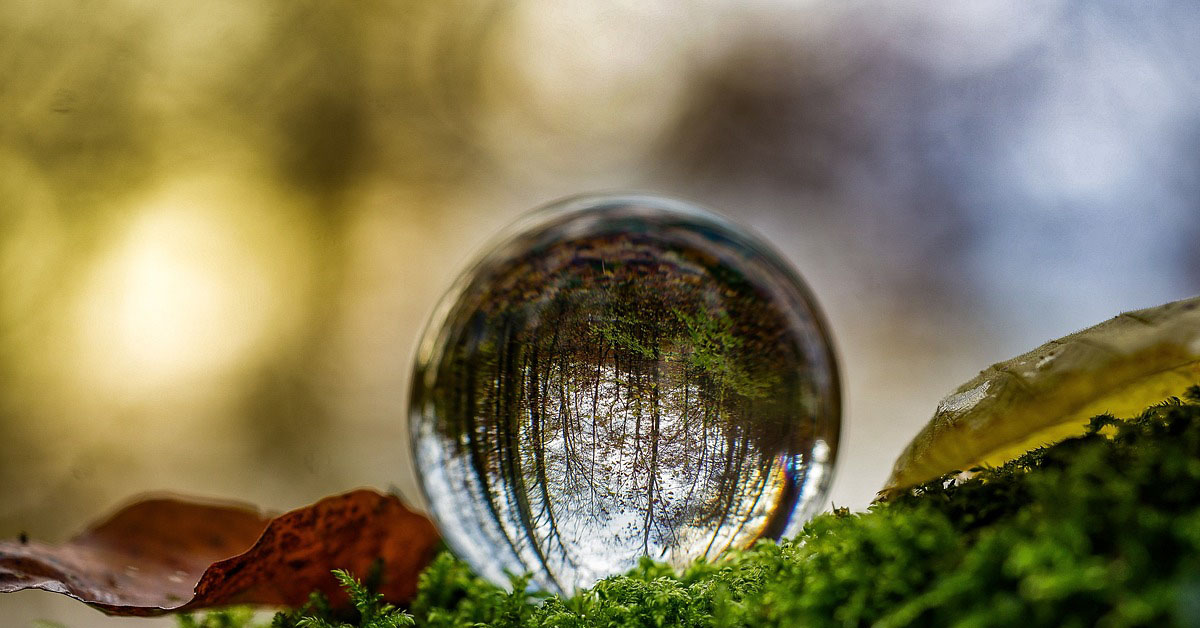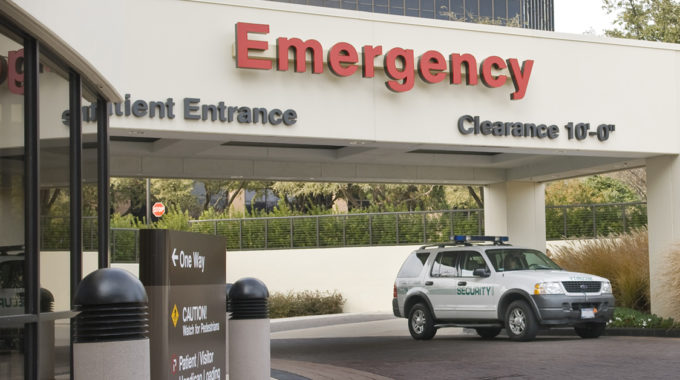
Exploring the Concept of Environmentally Friendly Burials
As societal awareness of environmental concerns continues to grow, individuals are seeking alternative approaches to traditional burial methods that align with their eco-conscious values. One such approach gaining traction is the environmentally friendly burial, also known as a green burial. This practice aims to minimize the environmental impact associated with interring human remains while promoting ecological sustainability. In this article, we delve into the characteristics and benefits of environmentally friendly burials, shedding light on a progressive and thoughtful approach for those who want a natural burial that preserves the environment. It’s no surprise that many people are looking to the option of a green burial.
Characteristics of an Environmentally Friendly Burial
1. Biodegradable Materials: At the heart of an environmentally friendly burial is the use of biodegradable materials for burial containers. Unlike traditional caskets that may be constructed from non-biodegradable materials, such as metal or treated wood, eco-friendly burials favor caskets made from sustainable, easily decomposable materials like bamboo, wicker, or even shrouds made from natural fibers.
2. Minimal Embalming or Natural Preservation: Embalming, a common practice in traditional burials, involves the use of chemicals that can be harmful to the environment. In green burials, embalming is minimized or eliminated in favor of natural preservation techniques. This approach not only reduces the use of harmful chemicals but also allows the body to decompose naturally and return to the earth.
3. Natural Landscaping and Native Plantings: Traditional cemeteries often feature manicured lawns, concrete vaults, and elaborate headstones. In contrast, green burial sites prioritize natural landscapes, integrating with the surrounding environment. Native plants and vegetation are often used, contributing to local biodiversity and creating a harmonious blend between the burial site and its natural surroundings.
4. Shallow Burials: Unlike the deep graves common in traditional burials, environmentally friendly burials often involve shallower graves. This approach facilitates the natural decomposition process, minimizing the need for heavy machinery and preserving the integrity of the land.
5. Conservation and Protected Areas: Some eco-friendly burial options allow individuals to be interred in designated conservation areas or protected lands. By choosing such options, individuals contribute to land conservation efforts and help preserve natural habitats.
Benefits of Environmentally Friendly Burials
1. Reduced Environmental Impact: One of the primary benefits of environmentally friendly burials is the reduced environmental footprint. By eschewing embalming chemicals, non-biodegradable materials, and excessive resource use, green burials have a lower impact on the environment compared to traditional burial practices.
2. Support for Biodiversity: The use of native plants and the restoration of natural landscapes in green burial sites contribute to local biodiversity. These sites become sanctuaries for wildlife and help maintain a balanced ecosystem.
3. Personalization and Meaning: Environmentally friendly burials do not sacrifice personalization or meaningful rituals. Families can still participate in the burial process and hold memorial services that align with their values while honoring the deceased’s wishes.
4. Contribution to Sustainable Practices: Opting for a green burial is a conscious choice that aligns with broader sustainability goals. By choosing an environmentally friendly approach to burial, individuals contribute to the larger movement toward eco-conscious practices.
Conclusion
Environmentally friendly burials offer a holistic and thoughtful approach to the end-of-life process, addressing both personal and environmental concerns. By prioritizing biodegradable materials, natural preservation techniques, and harmonious integration with the environment, green burials provide an alternative that resonates with those who seek a more sustainable and ecologically responsible way to honor their loved ones. As awareness of environmental issues continues to grow, the popularity of green burials is likely to rise, paving the way for a more environmentally conscious approach to the age-old tradition of laying our loved ones to rest.





